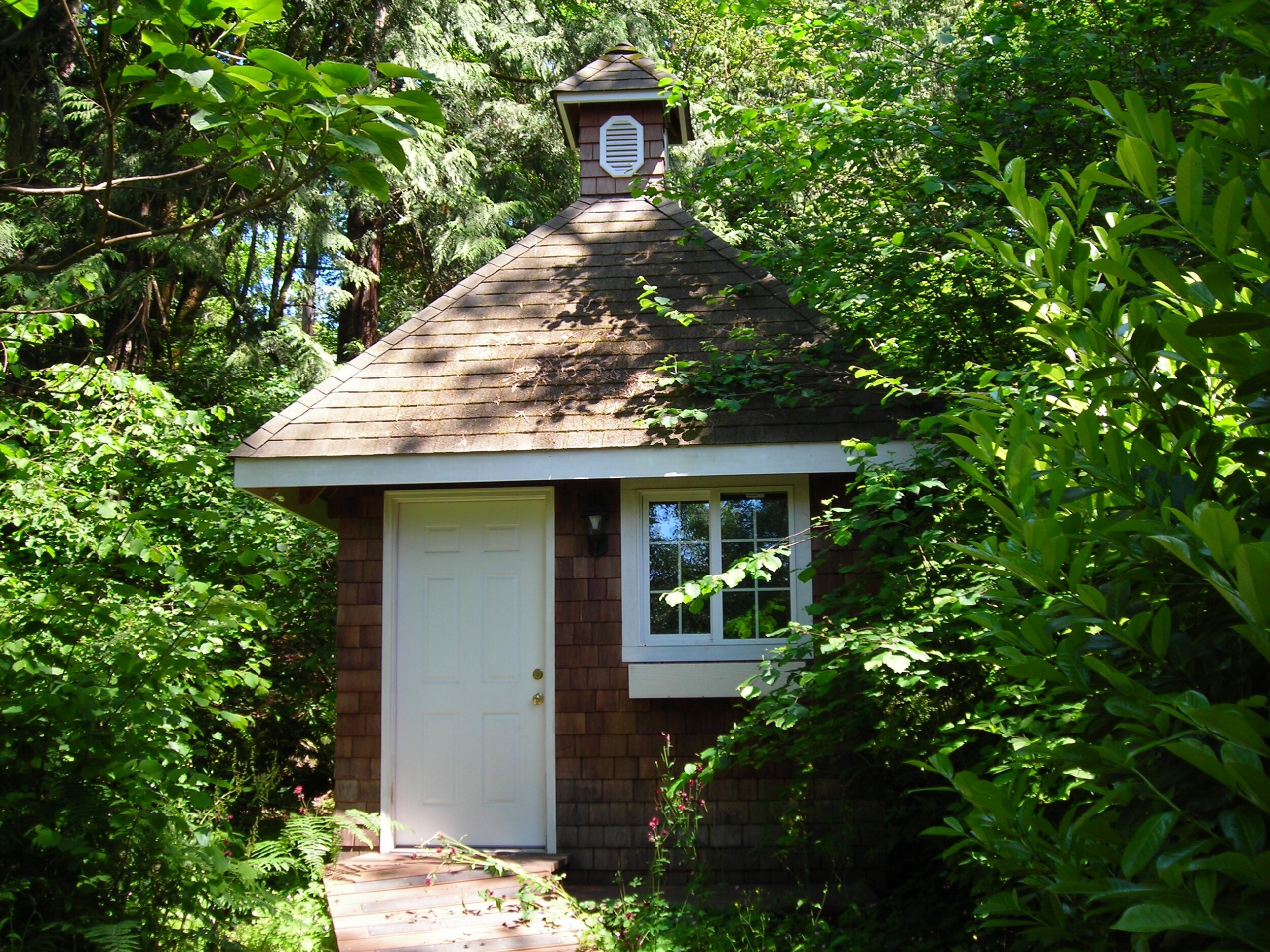ADU's in Land Development
Accessory Dwelling Units (ADU’s)
What are accessory dwelling units and why should a pure land developer even care when he doesn’t build homes anyhow? Read on to see why a land developer really should care and the key reasons why. One reason is that accessory dwelling units just happen to be one of the hottest real estate issues in America today.
What are ADU’s?
ADU’s are separate dwelling units, either attached to an existing structure or separate and free-standing. Accessory dwelling units go by different names in the U.S. Some common names are: “tiny home”, “carriage house”, “in-law suite”, “granny flat” and “second master”. They can be an attic conversion, placed above a garage or shop, or free-standing.
Why are ADU’s such a hot issue?
The affordable housing problem in our country is out of control, especially in major cities. This has put a significant burden on governments to try to address the problem. Just look at all of the homeless! Also, with the demographic shift to an older population we see children taking in adult parents. Then, there are adult children that are in part time jobs, or for some other reason can’t afford independent living. Next, there are working parents who need grandma and grandpa nearby…and the list goes on.
According to CoreLogic MLS, ADU’s listed on the MLS have increased an average of 8.6% year-over-year since 2009. The fastest growing metropolitan areas are generally in the western U.S., but not universally. The same source reports that the top 5 metropolitan areas from 2015-2018 for ADU’s are: Portland, OR; Dallas-Plano-Irving, TX; Seattle-Bellevue-Kent, WA; Los Angeles-Long Beach-Glendale, CA; Miami-Miami Beach-Kendall, FL.
Why should a land developer care?
Easy! One of the joys of home ownership is to have flexibility of use. I have mostly developed large lot projects in rural areas and if my buyers perceive value in their ability to use the property for an ADU, then I should take advantage of the opportunity when designing the project.
For instance: if I would normally provide a 3 bedroom septic design for a single family home, why not increase it to 4 or 5 bedrooms to allow for my buyer to add an ADU? The cost difference is nominal as long as the perk tests allow for the additional waste burden.
ADU’s in CC&R’s:
The covenants, conditions and restrictions should address if ADU’s are allowed, what types will be allowed, what materials are acceptable, maximum & minimum sq. ft., where they can be located, setback requirements, styles allowed, material restrictions and other limitations. Identifying these standards are necessary to protect and enhance overall community value and appeal.
Modular ADU’s
Land developers also need to consider the possibility of modular ADU’s that are built off-site. Will they be allowed? If so, would a foundation be required or would a pit set with a skirt be acceptable? Should there be required architectural standards? I have seen a wide variance in the architectural design of modular ADU’s. The land developer should thoroughly research these variances when drafting the CC&R’s so that visual appeal is not compromised. The developer should consider and decide how modular ADU’s will be addressed in the community.
Are some ADU’s actually RV’s?
They can be, and your state department of transportation along with the department of licensing will help answer this question. In some states, particularly out west, Park Model homes are popular. They average about 400 sq. ft. and are fully self contained. They are also mounted on trailer frames with axles and wheels. If the unit remains on the wheels it is licensed as an RV. If it is taken off the axle and wheels and is then pit set, or placed on a foundation, it becomes real property.
What are the rules for ADU’s?
Like almost everything else in real estate, ADU permitting depends on what your local zoning, permitting and building codes allow. Therefore, you have to check for yourself. One thing that has made life a bit easier in recent times is the motivation of zoning boards and planning departments to make ADU permitting more specific and streamlined then in the past.
An example of past barriers is a project I had that allowed for ADU’s only as a conditional use, not an allowable use. If the owner wanted an ADU he had to apply for and get approval for a conditional use permit. Governments, motivated by affordable housing issues, changing demographics and density concerns have generally made significant strides in recent years to clarify and streamline ADU rules and the associated permitting. A wise developer needs to be aware of and stay on top of the rules, particularly if they are evolving.
Primary use of the ADU:
Sometimes permitting for ADU’s is specifically tied to what its primary use will be. Is it a profit making improvement like a rental, or will it be used only by the applicant for personal purposes? A clear understanding of the Code relevant to primary and prohibited uses for an ADU is necessary.
Change of use:
If the ADU is approved for a certain use and that use changes over time, it may be required to apply for and meet the code requirements for what the new use will be. An example might be a detached office that the applicant wants to turn into a rental.
Going forward:
It’s notable that there are (and always have been) a significant number of existing ADU’s in the country that are unpermitted and non-complying uses. All of us have probably run into someone that has a unpermitted ADU. To avoid non-compliant ADU’s in a project, the land developer should know applicable zoning and land use laws. Then ultimately determine if further ADU restrictions should be addressed in the project CC&R’s. If the developer is still running the HOA, enforcement of ADU compliance is also a factor.
I think ADU’s are a fabulous opportunity for the developer and the property owner. Both should be familiar with the requirements necessary to allow for them in a project and the land developer should consider the advantages, disadvantages and restrictions associated with ADU’s to enhance and protect community value.







